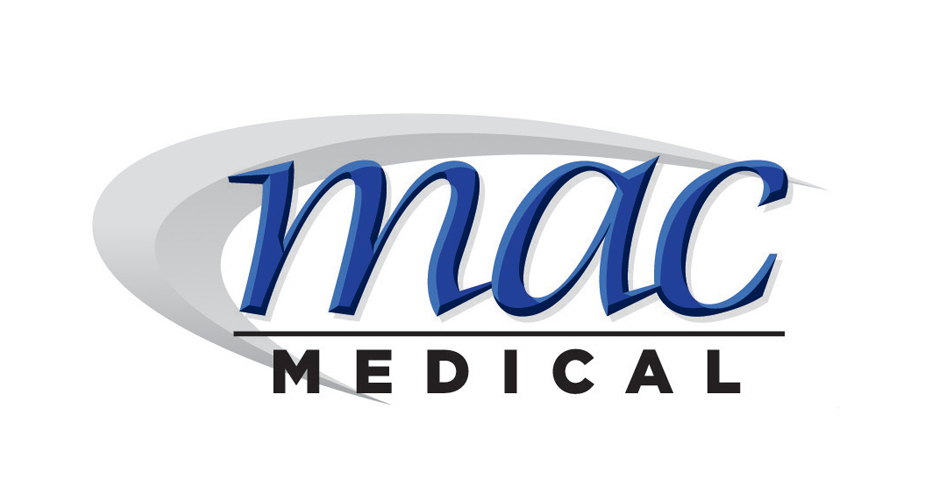

In addition, Apple has found that more expensive iPhone apps can sell well. Eventually Mac margins become unattractive compared to rolling out desktops and laptops based on the iPhone OS. The average revenue per Mac has been steadily dropping for years and, given the product line's maturity, costs won't drop as dramatically. My hunch is that hardware and support make a Mac more than 2.5 times the hardware cost of an iPhone, which is around $170. The total net revenue per iPhone is about $650, so a Mac is responsible for about 2.5 times as much revenue as an iPhone. Add "peripherals and other hardware" and "software, service, and other sales" lines, which are closely tied to Mac ownership, and you have $1651 of total net revenue per Mac. Higher prices plays into Apple's market positioning of offering more value and they also provide insanely great profits.Īccording to Apple's most recent 10-Q, the average net sales for a Mac is about $1324. Apple has clearly adjusted prices to increase market share, both with the iPhone and Mac, but the company still keeps premium prices. Most technology companies trade price for market share, hoping for pricing that maximizes total profit.

Why support two operating systems when you could move iPhone OS onto laptops and desktops as well as onto Apple TV and have only one? The move saves money, increases efficiency, and frees resources to develop new products and features.
#JPG DOCTOR FOR MAC MAC OS#
The iPad runs iPhone OS and evidence suggests that Apple plans other hardware that will use it.Įven though the iPhone OS is a Mac OS derivative, the two have separate code sets that need development and support.

Not only is mobile ascendant at Apple, but so is the iPhone OS. Apple's future is in products that consumers can drop into a pocket.


 0 kommentar(er)
0 kommentar(er)
